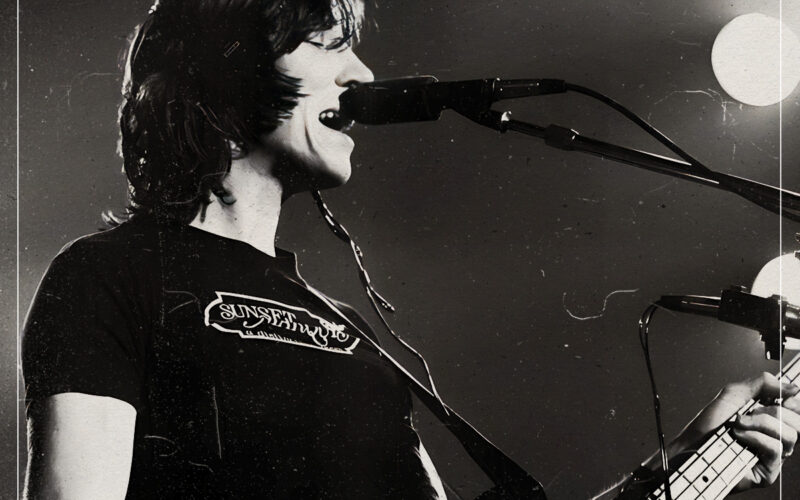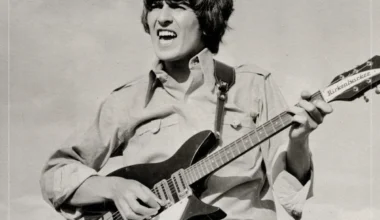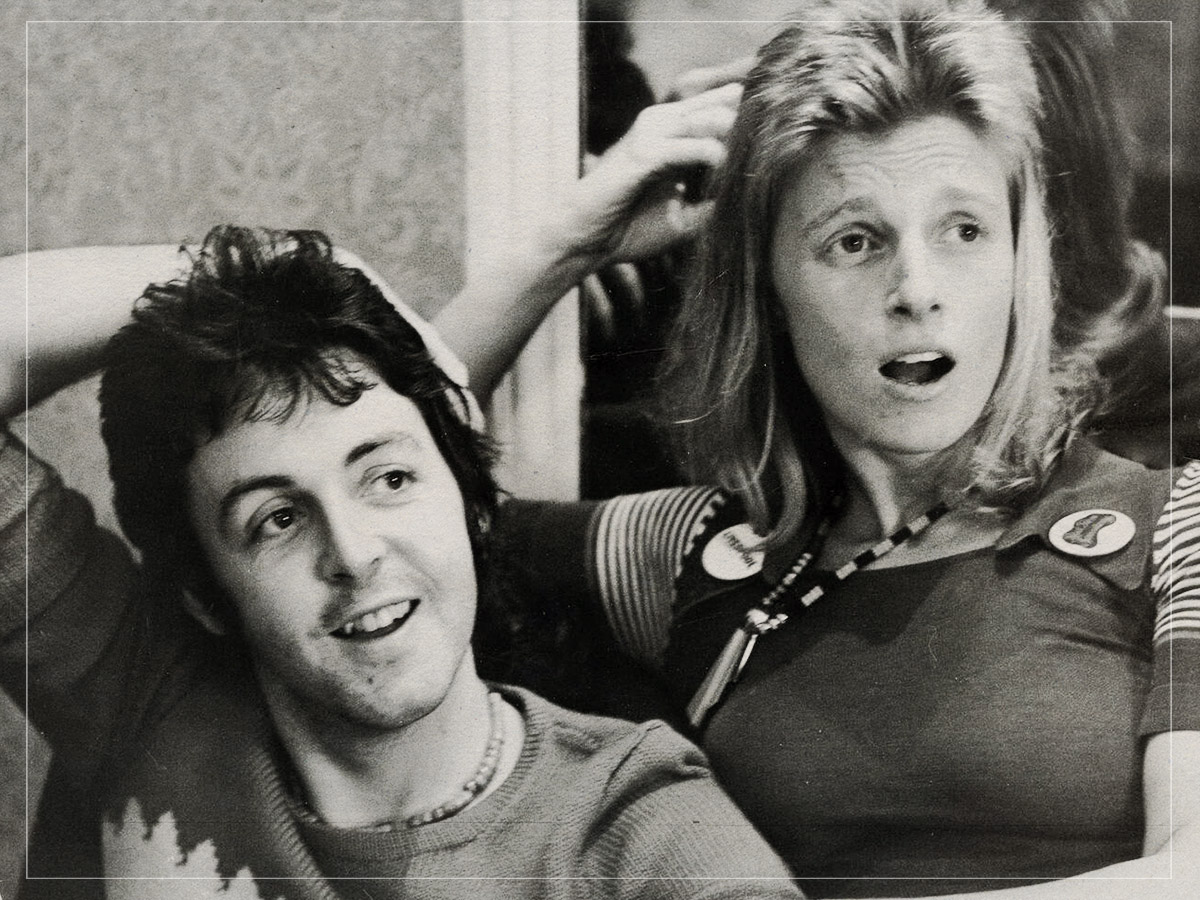Pink Floyd always were the kings of the concept album. It’s a tricky thing to define, though. Back in a world before shuffle buttons, all artists had to consider the front-to-back experience of their album, the journey it takes a listener on, and the themes involved. But a concept album takes it further, telling one cohesive story, centring one emotion or sticking strictly to one core idea.
Pink Floyd might not have been the first, but very quickly, they were masters.
The Dark Side of the Moon is one example, but The Wall is a better one. In fact, the 1978 album was such a tight concept that by 1982, they’d adapted the story for the screen. Taking the narrative of the record, both the album and film follow Pink, an isolated, jaded rockstar struggling with his mental health as he builds a psychological wall, blocking the world out.
Obviously, the film was inspired by the album, following its cues, but both were somewhat inspired by the real world. The character of Pink was partially modelled on Syd Barrett, the band’s old leader, who had been fired from the group as his increased drug use spiralled him into a state of ever-worsening mental health. Since then, after a brief moment working on a solo project, Barrett basically disappeared. Pink Floyd were in for complete shock when he dropped into a Wish You Were Here recording session in 1975, suddenly looking like a total stranger from the man he was before. But after that, he retreated, moving back to Cambridge and basically living the rest of his days as a social recluse who didn’t like to be reminded of his musical past.
Obviously, the whole thing was hard for the band, grappling with complex feelings towards the situation, experiencing a mix of guilt for not helping Barrett sooner, but also frustration that, on the other hand, the artist didn’t seem capable of helping himself.
The characterisation of Pink on The Wall captures that and, for the group, crafting that record was a therapeutic thing, helping them process the situation they’d been through with the old friend.
However, even though that led to an incredibly thorough album that feels meticulous and perfected, becoming one of the most celebrated records of all time, let alone one of the best-regarded concept albums, Roger Waters always had an issue with it.
When it came to making the movie, there was a flaw. It might be assumed that each song in a concept album is like a chapter, providing an essential exposition for the story. But at the time, Waters was happy to rip some pages out. “I remembered that, right at the end of making the movie, almost the last conversation that Alan Parker and I have had, we were talking about it and I said, ‘I don’t think reel 7 works and we should remove it’. And he said ‘OK’ and that was ‘Hey You’,” he said, explaining why the album’s 14th track was left out of the film as one of two songs cut, along with ‘The Show Must Go On’.
The issue was less about ‘Hey You’ as a song, though, and more about its moment in the movie. Waters felt like the footage was too weak, and the montage format was getting too repetitive. With no time to fix that, the decision was made to just axe the song altogether, as the band thought it would still work without it, so maybe the songs-as-chapters analogy needs a rethink.






